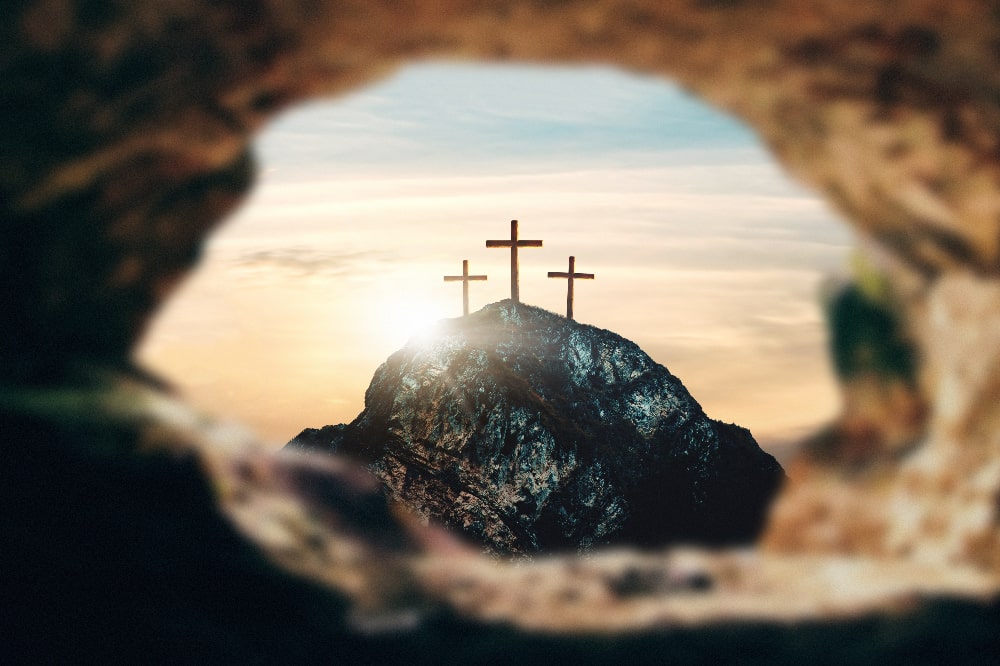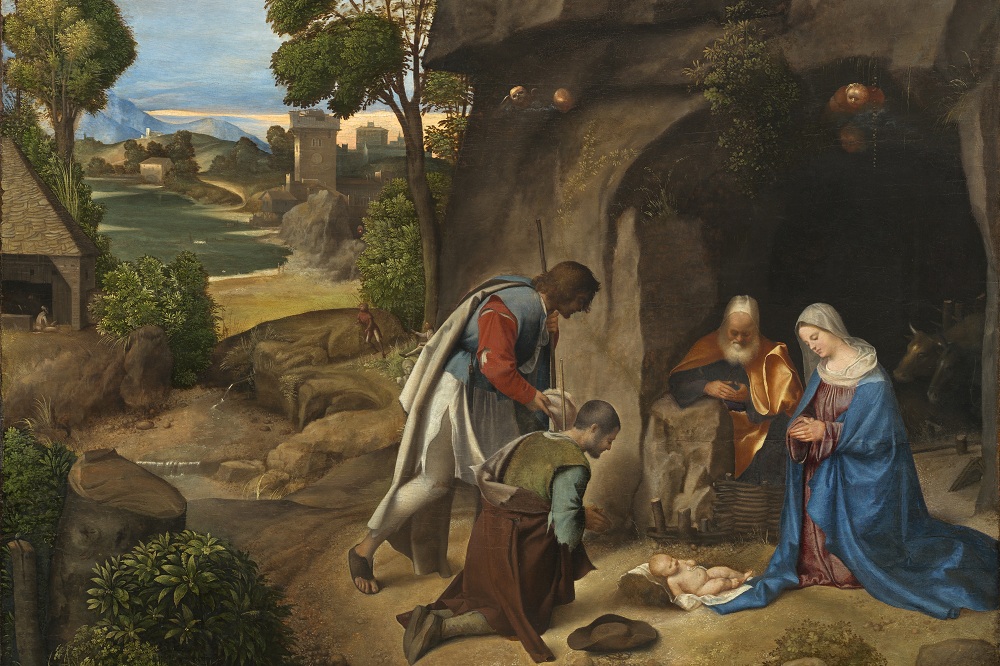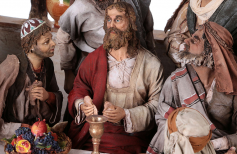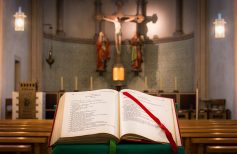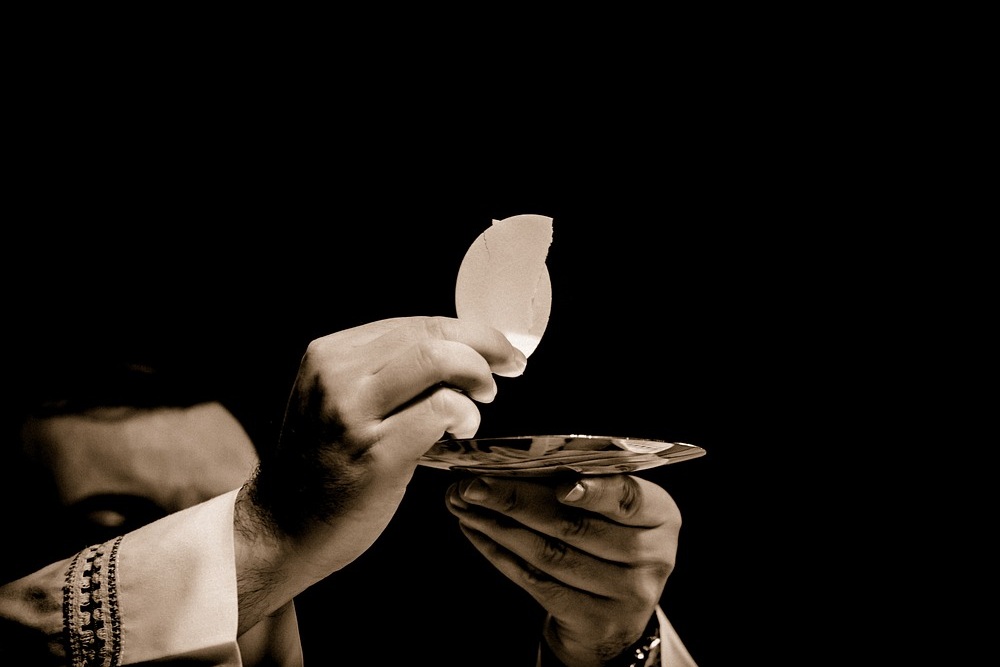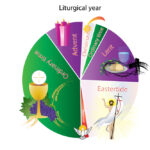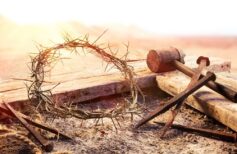The symbols of the Passion of Christ are an integral part of the Solemnity of Christian Easter. Among relics and legends, ancient cults and modern devotions, here they are all
Contents
Few religious festivals can boast the depth and variety of symbols such as Easter, already before the advent of Jesus, and then with the consequent and substantial implementation of the solemnity linked to him, with the advent of the symbols of the Passion of Christ that we all know. The Passover, the Pesach, was an occasion of celebration and fundamental spiritual solemnity, involving every aspect of the culture and life of the Jewish people. It was a feast that celebrated freedom, recalling the escape of the Jews from Egypt and the ransom from slavery, and was linked to two other important celebrations: the sacrifice of the lamb, who remembered how to bathe the doorposts with lamb’s blood saved the firstborn of Israel from the Angel of Death, and the feast of unleavened bread, in memory of the unleavened bread that the Jews ate to support themselves in the desert during the flight.

The symbolism of the Easter Lamb
Easter is getting closer, carrying its solemn suggestions and symbols full of spirituality. The Easter Cross, candles, lamb. Not just simple traditions, but objects of devotion and spiritual renovation. Let’s check them out.
The coming of Jesus represented an extraordinary evolution, a subversion destined to change the fate not only of the Jewish people but of all humanity. Even considering the symbols of the Passion of Christ, His brief and earth-shattering parable, and above all the message of His death and Resurrection, we see Easter confirmed as a celebration of liberation, in this case of all humanity from Sin and Death, thanks to the extreme sacrifice of a single Man who took upon himself all the evil and pain of the world, immolating himself as a sacrificial victim.
In particular, dwelling on the Passion of Jesus, we can list a series of universally known symbols that have crossed the history of man over the centuries, irremediably interwoven with events not only spiritual but also historical and human. We have already dwelt on the animals, symbols of Christian Easter. In this article, we will discuss objects and precious relics related to the Passion.

The animal symbols of Christian Easter
Doves, rabbits, lambs: as animals and other elements of the natural world become symbols of Easter
The crown of thorns
In the Gospels of Matthew (27:29), Mark (15:17) and John (19:2) we read of how Jesus, condemned to death by Pontius Pilate, was dragged out by Roman soldiers who, to taunt him in His role as King of the Jews, clothed him in purple, symbol of royalty, and they placed on his head a crown of thorns intertwined. This crown of thorns is one of the most emblematic symbols of the Passion. The third painful mystery of the Holy Rosary recalls this episode, making it the emblem of Jesus’ atonement and sacrifice, which acquires reality and consistency in this humiliating and painful monil, of His love to the end, as we read in John 13:1: “Before the feast of Easter Jesus, knowing that it was his time to pass from this world to the Father, having loved his own in the world, loved them to the end.”
In spite of the will of the soldiers to taunt and humiliate their prisoner, the crown of thorns of Jesus really becomes a symbol of royalty and power. It is precisely in pain and humiliation that Christ reveals himself as King and Messiah.

In Paris every first Friday of the month you can admire and venerate the Crown of Thorns of Notre Dame, a precious relic received by Louis IX king of France by the Emperor of Constantinople Baldwin in 1239, as a pledge for a loan. It consists of a circle of 70 thorns woven and held together by a golden thread.
Where is the Holy Shroud
Instead, in the Cathedral of Turin there is the Shroud of Jesus, or Holy Shroud, a linen cloth on which is imprinted the figure of a life-size man. The marks of wounds and mutilations made us think that it could be Jesus, His body torn by the signs of the Passion and that that sheet was used to wrap him before he was lowered into the Tomb. The Shroud of Turin would therefore be the shroud of Jesus, and as such, it has been exposed to public veneration on various occasions over the years, in events known as ostensions. For centuries the shroud fascinates and divides scholars and believers around the world and, although nothing certain has ever been expressed on it, remains one of the most considered and debated sacred objects of all time.
The tomb of Jesus
A symbolic place par excellence of Christianity is the Holy Sepulchre, the presumed tomb where Jesus was laid. It is located in Jerusalem, inside the Basilica of the Holy Sepulchre. According to the Gospels, it had been excavated by Joseph D’Arimathea, a disciple of Jesus, who went to Pontius Pilate and claimed the latter’s body. Also from the Gospels, we can deduce the location and description of the tomb. Discovered by Helena, the mother of Emperor Constantine, the Holy Sepulchre has known a troubled history, made of invasions, distraction, restoration. Today it consists of two rooms, the Chapel of the Angel, where you can see a fragment of the stone that closed the tomb and that Jesus would have moved at the time of the Resurrection, and the Holy Sepulchre where the body of Jesus would have been placed on a block of rock. Since 1192 a Palestinian family of Arab Muslims has been handed down the custody of the key of the Holy Sepulchre.
The Cross of Christ
Flavia Giulia Elena, mother of Constantine, also found in Jerusalem the Cross of Jesus, the so-called True Cross. Even this relic, perhaps the most famous of the symbols of the Passion of Christ, has known endless difficulties over the centuries. Fragments attributed truthfully or not to it have travelled to every corner of the world. Elena would find the True Cross along with two other crosses, perhaps those of the two thieves, at the Titulus Crucis of Jesus and the Holy Nails used to nail it to the wood among the ruins of a pagan temple that had been erected over the Holy Sepulchre. Kept for a long time in a silver casket and offered for the veneration of pilgrims, the traces of the True Cross were lost after the conquest of Jerusalem by Saladin. Churches and places of worship around the world still preserve fragments of it.
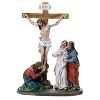
What are the Holy Nails
Among the finds attributed to Flavia Giulia Elena in 327-328 A.D., there are also the Holy Nails used for the Crucifixion of Jesus. There would have been three or four, and the Empress Dowager took them with her to Rome, where from one she took a horse bite for her son, while she had another mounted on her helmet to provide protection in battle. Various legends have followed the travels of the precious Nails in time. Today several Holy Nails are venerated in churches in Italy and abroad, among them the two Holy Nails of Milan and Rome, which would be two parts of the nail used for the bite of Constantine’s horse.
What does INRI mean on the Cross
We mentioned the Titulus Crucis, the sign on the Cross of Christ. We can see it in a multitude of depictions of the Crucifixion, and we can read an inscription: INRI. But what is the meaning of INRI? They are the Initials of the Latin expression Iesus Nazarenus Rex Iudaeorum, “Jesus the Nazarene, King of the Jews”. Pontius Pilate had it affixed to the Cross as a reason for the condemnation of Jesus Christ, according to a widespread custom at the time. In the four canonical gospels, we find several descriptions of the Titulus Crucis. According to the Gospel of John, the inscription was even reported in three languages, as was the case on special occasions: Hebrew, Greek and Latin.
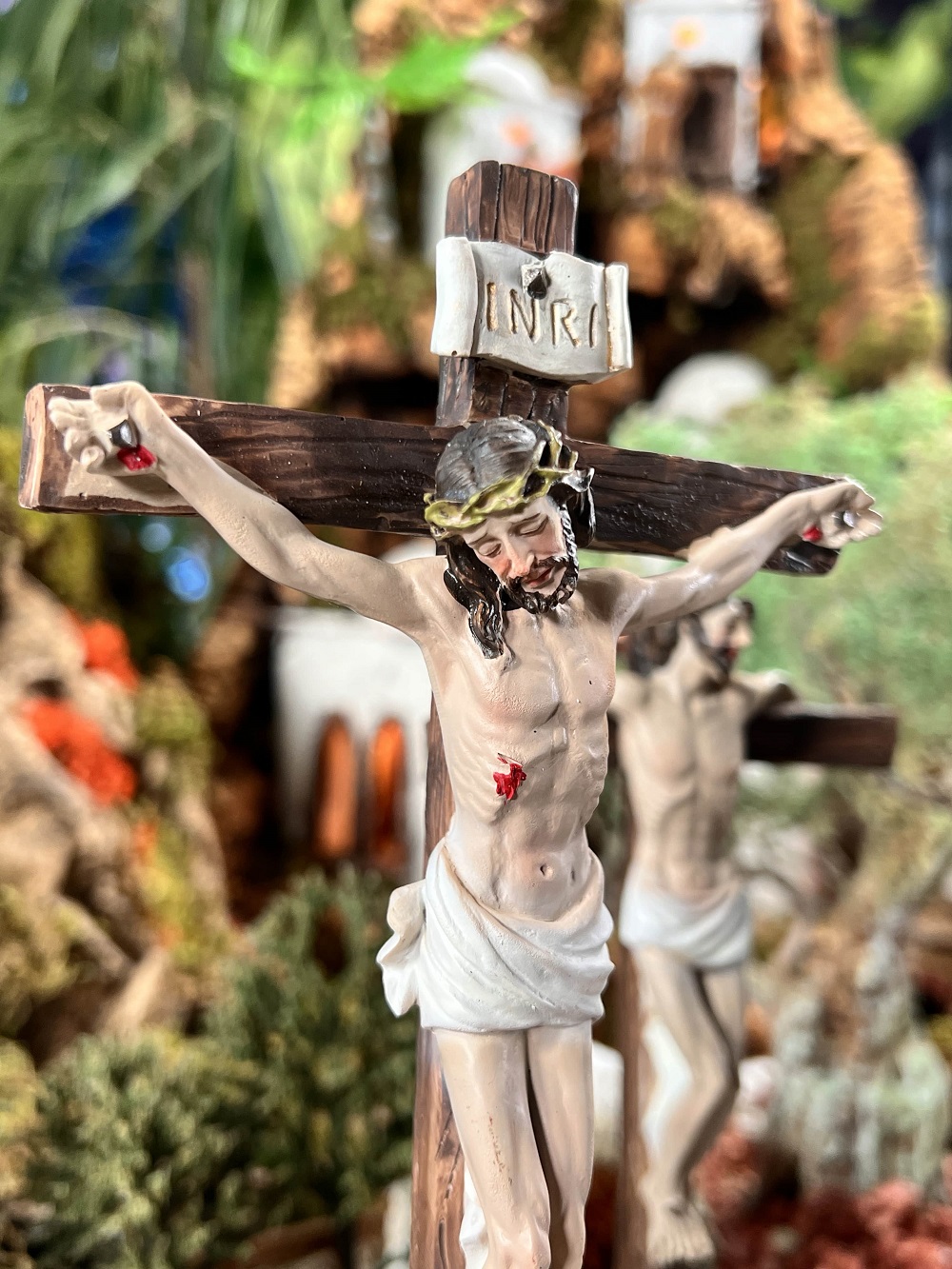
The last words of Jesus
In addition to the significance of INRI on the Cross, there are different evangelical traditions about what would have been the last words of Jesus on the Cross. The evangelist Luke makes Him say: “Father, forgive them because they do not know what they are doing” (Luke 23:34), and shortly after: “Father, in your hands I deliver my spirit” (Luke 23:46). According to John, instead, Jesus before dying would have only said: “All is finished!” (John 19,30). The Gospels of Matthew and Mark also contain sentences and words, and all these are collected in the so-called Seven Words of Christ on the Cross (Septem verba Domini Jesu Christ), the set of words and phrases that Jesus pronounced on the Cross and that were used in the Summa Passionis, polyphonic Renaissance songs composed by the last 7 words of Christ on the Cross from the four Gospels.
Here are the last 7 words of Jesus:
Father, forgive them, for they do not know what they are doing Lk 23,34
Truly, I tell you, today you will be with me in heaven Lk 23,43
Woman, here is your son. Son, here is your mother Jn 19,26
My God, my God, why did you abandon me? Mt 27,46; Mk 15,34
I am thirsty Jn 19,28
All is accomplished Jn 19,30
Father, in your hands I deliver my spirit Lc 23,46
What is the Holy Staircase?
Although the Holy Staircase that we all know, and that is visited every year by many pilgrims, is located in Rome, at the Basilica of San Giovanni in Laterano, where stands precisely the pontifical shrine of the Holy Staircase, In fact, Scala Santa means the ascent by Jesus to reach the room where he was interrogated by Pontius Pilate and sentenced to death. According to medieval legend, that same staircase that was located in Jerusalem would have been dismantled and transported to Rome by order of Saint Helena Empress, mother of Constantine I, in 326 A.D. It consists of 28 steps of white marble covered with a layer of wood, that for centuries the faithful walked on their knees as a sign of devotion.
Who were the two thieves
In this case, they are not symbols, but men, yet their participation in the Passion of Christ makes them iconic elements in the history of the Church. Let’s talk about the two thieves. Who were the two thieves crucified with Jesus on Golgotha? We do not know much about them. We have dedicated an article to Saint Disma, who in the Gospel of Luke not only defends Jesus from the insults that the other thief addresses him but comes to beg him to remember him when he goes to Heaven. So it happens, and Jesus forgives Disma, welcoming him into Heaven with him, unique among all the saints of all time. Today he is venerated on March 25 as the patron saint of prisoners and dying, for having been able to recognize his own guilt, and accept punishment, but also for having put aside his own suffering to use kind words to those who, innocent, suffered as much and more than him on the Cross.
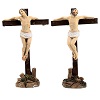
What is the Holy Thorn
In the world, there are many thorns considered to come from the crown that the Roman soldiers placed on Jesus’ head just before crucifying him. Some are considered authentic, belonging to that crown, and others are ‘contact relics’, in the sense that they were not part of the crown, but were resting on it over the centuries. In any case, they have become famous relics, venerated throughout the world, and kept in sumptuous reliquaries, such as the Reliquary of the Holy Thorn in France, or the Holy Thorn of Andria, preserved and venerated in the cathedral of the town of Andria.
Meta description: In view of Easter we discover the symbols of the Passion of Christ, from the most famous, such as the crown of thorns or the Holy Shroud, to the most mysterious

